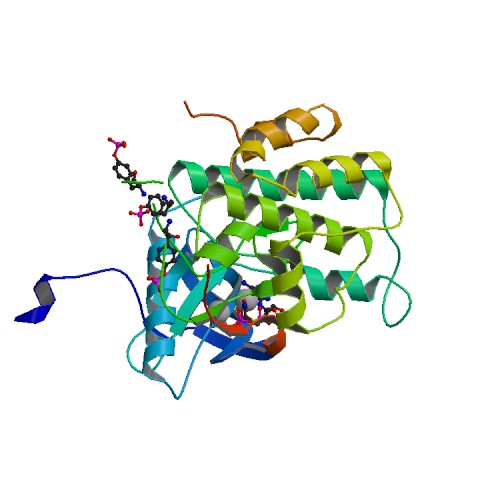Rabson-Mendenhall Syndrome

A rare syndrome that belongs to the group of extreme insulin-resistance syndromes (which also includes leprechaunism, the lipodystrophies, and the type A and B insulin resistance syndromes).
Epidemiology
It is an extremely rare disorder of unknown prevalence.
Clinical description
Early onset is marked by intrauterine and postnatal growth retardation, hypotrophy of muscle and adipose tissues, acanthosis nigricans (a skin lesion associated with extreme insulin resistance), dental dysplasia, abnormal hair and nails, hirsutism, and acromegaloid facies. A hypertrophic pineal gland has been reported in some cases.
Etiology
As in leprechaunism (of which Rabson-Mendenhall syndrome may represent a less severe form); the condition is caused by anomalies in both alleles of the insulin-receptor gene (INSR;19p13.3-p13.2).
Diagnostic methods
Biologically, infants display fasting hypoglycemia, postprandial hyperglycemia and hyperinsulinemia, which progress to permanent hyperglycemia and recurrent diabetic ketoacidosis.
Differential diagnosis
Differential diagnoses include early-onset forms of leprechaunism, and moderate and late-onset forms of type A insulin resistance syndrome.
Genetic counseling
The condition is transmitted as an autosomal recessive trait and mainly affects children of consanguineous parents.
Management and treatment
Treatment is problematic and consists of high doses of insulin and/or recombinant insulin-like growth factor 1 (IGF1), sometimes associated with IGFBP3 (IGF binding protein).
Prognosis
Life expectancy may reach a few years.